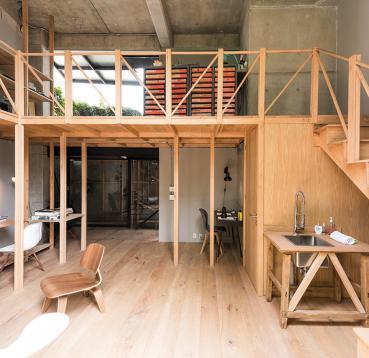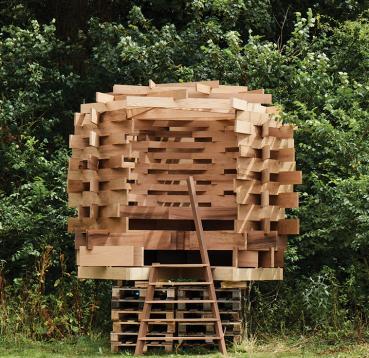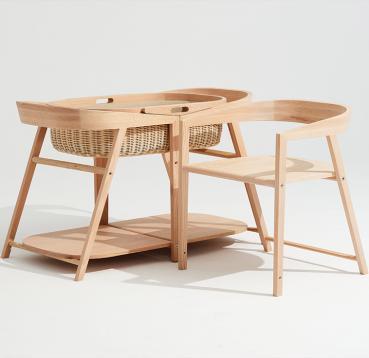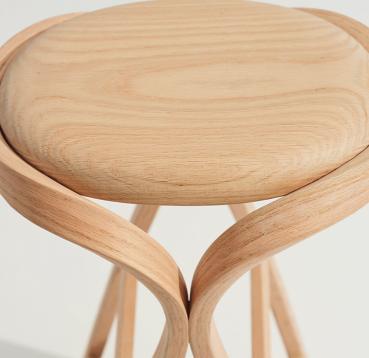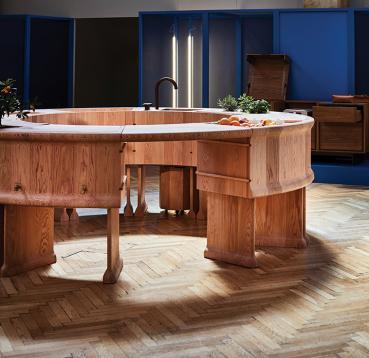-

-
Leaving a Legacy
"With environmental challenges very much in our minds, any new objects we create should be enduring. They should also be beautiful, each in their own way, so their appeal stands the test of time. What our group of brilliant designers and cultural leaders has brought to life, using a sustainable natural material, is a collection of imaginative and wholly unique designs that will, we hope, be used and admired for generations." - Sir John Sorrell CBE
-
-

-
Stammtisch
One of the nine designs for Connected, a project that explores how creatives and craftsmen have adapted their practices with the onset COVID-19.
-
-

-
One material, many stories
Discover the story of Legacy - a joining of London's top cultural institutions and some of Europe's leading creative thinkers to explore the properties of American red oak and create a piece of design that will last through generations with a design that will stand the test of time. The Legacy storybook is free to view online and special hardback editions are available to order.
-
-

-
BLOOMBERG HEADQUARTERS
The European headquarters of the software and media colossus Bloomberg, shows a major and prestigious application of U.S. red oak designed by Foster + Partners.
-
-

-
BLUSHING BAR
A deep pink circular bar is set to take centre stage at the Wallpaper* Handmade X: With Loveexhibition, designed by architects Chan + Eayrs and made out of red oak by Sebastian Cox. This experimental piece has been created to answer the brief of X set by the team at the magazine to celebrate 10 years of its showcase in Milan.
-
American red oak
American red oak is the dominant species in the U.S. hardwood forests – with distinctive grain, and wood that is not always red in colour. The name comes from the leaf colour in the fall. Red oak may be sold on the basis of ‘northern’, ‘southern’ and ‘Appalachian’.
Latin Name
Quercus species, mainly Quercus rubra
Other Common Names
northern red oak, southern red oak
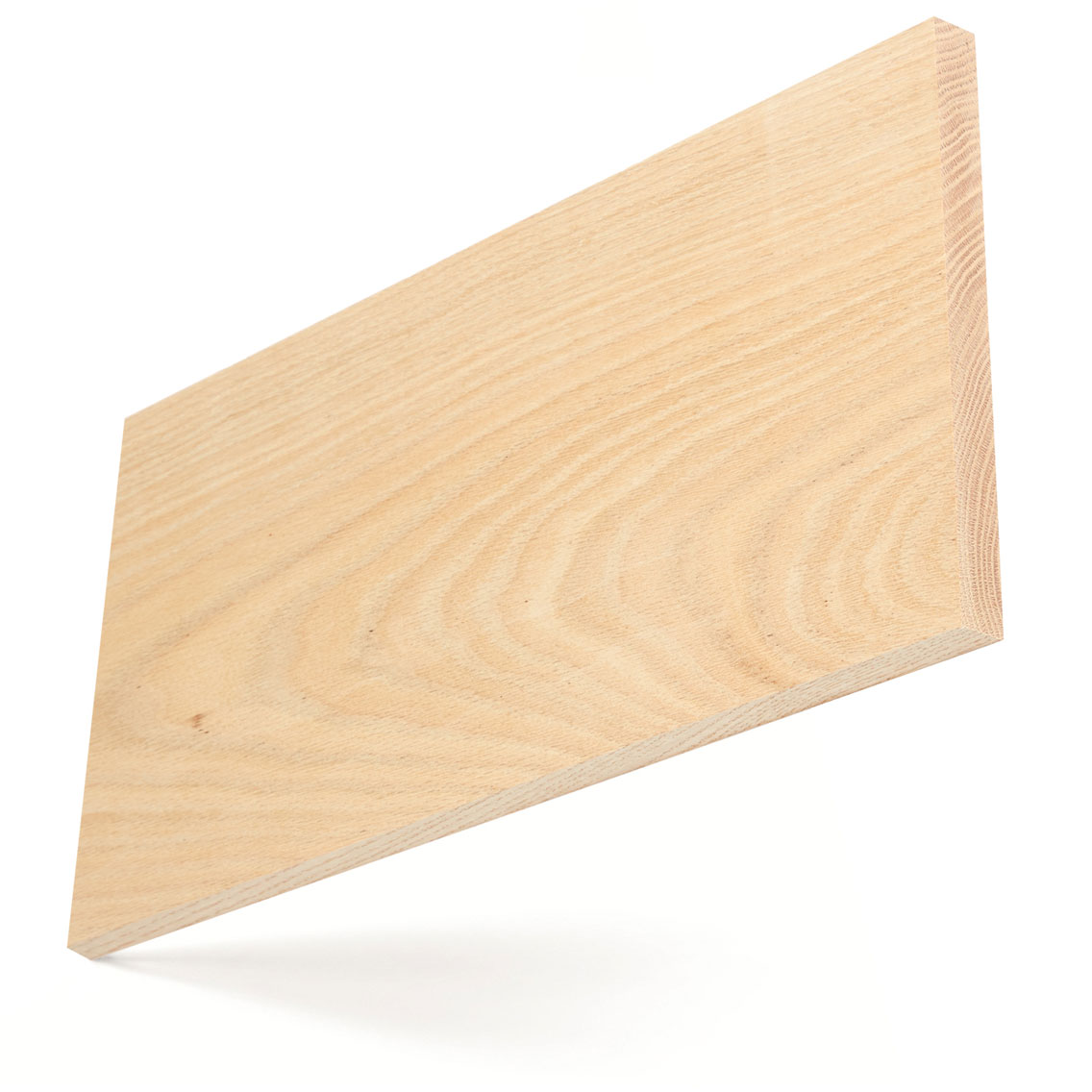
Forest Distribution
Red oak trees grow only naturally and almost exclusively in North America, although planted elsewhere. They are widely distributed throughout most of the eastern United States in mixed hardwood forests. The trees are very tall. There are many sub-species, all within the red oak classification, which grow from north to south; some high in the mountains and others on low land giving rise to different characteristics. Thus there are significant variations in red oaks depending on location, in particular between the slower grown northern and faster grown southern trees. Red oaks are regarded as highly sustainable for both domestic and export consumption and, being the largest species group, are more abundant than the white oaks.
FOREST GROWTH
FIA data shows U.S. red oak growing stock is 2.62 billion m3, 18% of total U.S. hardwood growing stock. American red oak is growing 60.6 million m3 per year while the harvest is 31.9 million m3 per year. The net volume (after harvest) is increasing 28.7 million m3 each year. U.S. red oak growth exceeds or is in balance with harvest in all states except Texas.
LCA Tool
seconds
Material Availability
Red oak from the USA is readily available as sawn lumber and veneer, in a wide range of grades and sizes. Thicker lumber (10/4" & 12/4") can be sourced in relatively small volumes from specialist suppliers, but is widely produced through out the hardwood industry from 4/4" (25.4mm) through to 8/4" (52mm). In the north the sapwood tends to be less due to the shorter growing season, than in the south where the wood is grown faster with more open grain and texture. Red oak may be sold on the basis of 'northern' and 'southern', but this may be an over-simplification of the differences according to growing location.
Wood Description
- In general the sapwood of red oaks is light brown and the heartwood is often, but not always, pinkish to reddish brown. The colour difference between the sapwood and heart wood is quite distinct. The wood of red oaks is generally straight-grained and coarse textured.
- The wood is figured with medullary rays – a feature of all true (Quercus) oaks – smaller in red oak than white oak. The wood is porous, and easily identified from the end grain, so not suitable for wine barrels.
Mechanical Properties
American red oaks have very good overall strength properties relative to weight. The wood is hard and heavy with medium bending strength, stiffness and high crushing strength. It has excellent steam bending capability. Being hard, stable when dry and easy to finish and stain, it is ideal for furniture and flooring.
To find out more about the mechanical properties of red oak read the full structural guide.
-
Quercus Rubra
0.63
Specific Gravity (12% M.C.)
705 kg/m3
Average Weight (12% M.C.)
6.6%
Average Volume Shrinkage (Green to 6% M.C.)
98.599 MPa
Modulus of Rupture
12,549 MPa
Modulus of Elasticity
46.610 MPa
Compressive strength (parallel to grain)
5,738 N
Hardness
-
Quercus Falcatta
0.68
Specific Gravity (12% M.C.)
753 kg/m3
Average Weight (12% M.C.)
N/A
Average Volume Shrinkage (Green to 6% M.C.)
75.156 MPa
Modulus of Rupture
10,274 MPa
Modulus of Elasticity
41.991 MPa
Compressive strength (parallel to grain)
4,715 N
Hardness
Oiled / Un-Oiled Appearance


Performance
Red oak lumber machines well, with good performance in nailing and screwing, although pre-boring is recommended. It glues well and can be stained and polished to a very good finish. Being porous, red oak absorbs all treatments. The wood dries best slowly to minimise degrade, but with high shrinkage and can be susceptible to movement in performance in humid conditions. The wood is rated as slightly resistant to heartwood decay, but moderately easy to treat with preservatives. This makes red oak suitable for being thermally modified.
Main Uses
This sustainably managed species group from natural forests of North America, with excellent environmental credentials, is a key species in many export markets. Its main uses are in furniture, flooring, doors, architectural joinery, mouldings and kitchen cabinets. It is also used in certain applications for construction.
Examples of Use
